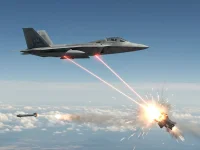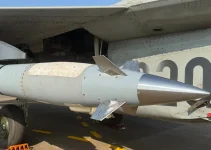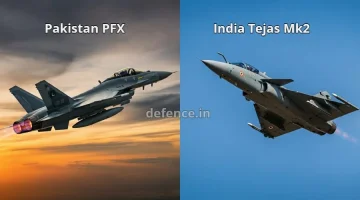- Views: 1K
- Replies: 8

Korea Aerospace Industries (KAI) is making a bold move in the military aviation sector by developing an artificial intelligence (AI) pilot system for its FA-50 light combat aircraft. This "K-AI Pilot" initiative aims to introduce autonomous and semi-autonomous flight capabilities, potentially revolutionizing the way fighter jets are operated and further intensifying competition in the global light combat aircraft (LCA) market.
The K-AI Pilot initiative represents a strategic effort to integrate AI-driven decision-making and flight operations into military aircraft. Using the FA-50 as the initial testbed, KAI has set a goal of achieving autonomous flight capabilities by 2026.
This development positions KAI as a frontrunner in the burgeoning market for AI-powered military platforms. The FA-50, already a strong contender in the LCA segment, will be further enhanced by this technology, allowing it to better compete with rivals like the JF-17 Thunder and India's HAL Tejas.
KAI's pursuit of AI technology aligns with the global trend towards unmanned aerial vehicles (UAVs) and autonomous systems. Integrating AI into existing platforms like the FA-50 paves the way for next-generation unmanned combat air systems (UCAVs), which are expected to be a crucial element of future warfare.
By incorporating AI into the FA-50, KAI aims to:
- Enhance combat capabilities: AI pilots can potentially react faster and make more precise decisions in combat, improving the aircraft's effectiveness.
- Reduce pilot workload: AI can assist with complex tasks, allowing pilots to focus on strategic decision-making.
- Increase survivability: In high-risk missions, AI pilots can minimize risks to human life.
- Expand mission possibilities: Autonomous capabilities could enable new mission types, such as long-range reconnaissance and strikes, without the limitations imposed by human pilots.



